D&D is a game that has a long history and is still constantly evolving and improving. As a fantasy-based TRPG, numerous D&D races, cultures, and items provide that exotic twist in a game. Many things have changed or been added from the first to the fifth edition to keep the game’s complexity. So for today, in this Holy Avenger 5e guide, we’ll look at one of those items that may be known to some and sought after by others.
I have played D&D and other TRPGs for a decade and have been the game master or dungeon master for a couple of years. When it comes to Items, I have made builds with specific items in mind and complete builds that seek out items to complement them. With all that research and planning, I can confidently say that I have learned a thing or two about items.
Today, let’s look at an item most attack-based Paladins would drool over, the Holy Avenger.
Short Summary
The Holy Avenger in the 5th edition is a sword that can come in any form. To be specific, shortsword, Longsword, Rapier, Greatsword, and Scimitar. It adds a +3 to your attack and damage rolls. Additionally, it deals an extra 2d10 radiant damage when attacking fiends or undead enemies.
Lastly, it creates a 10-foot aura centered on itself while drawn. In this aura, you and all friendly creatures have an advantage on saving throws against spells and other magical effects. If you have at least 17 levels in Paladin, the aura’s radius increases to 30 feet.
History
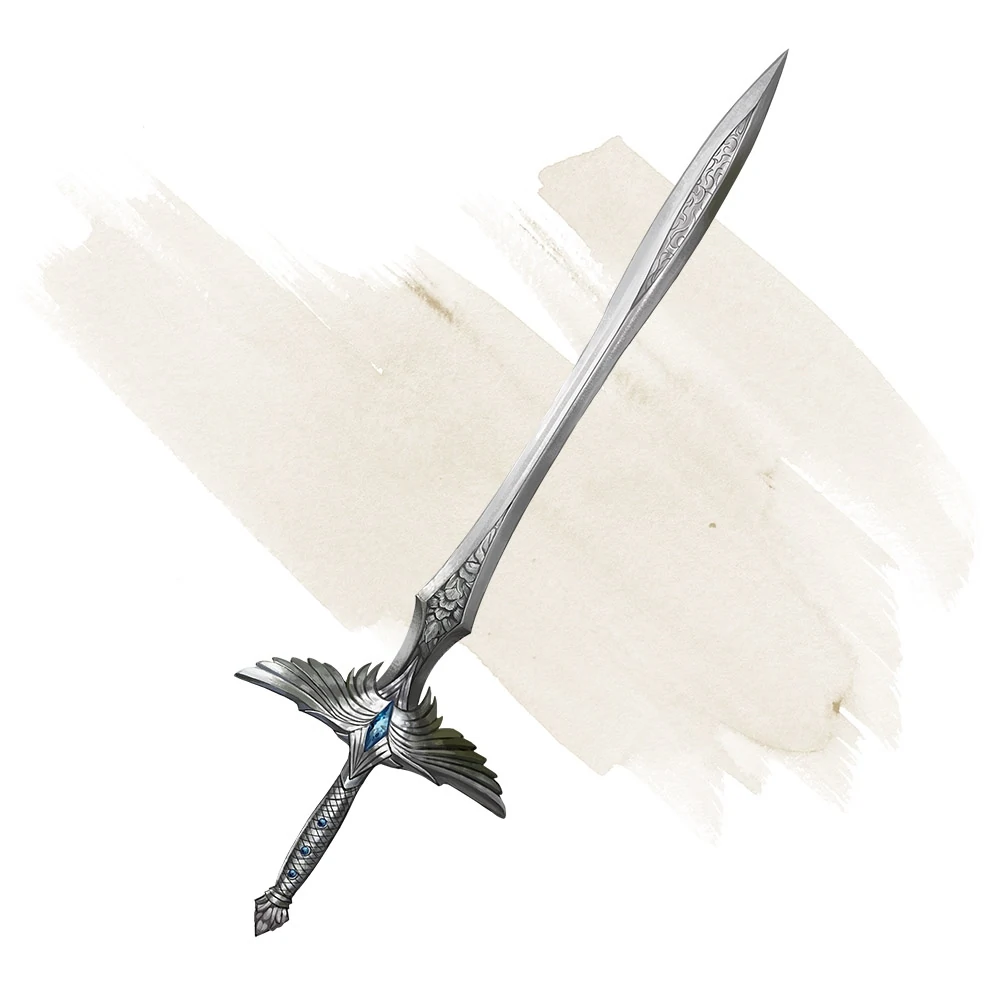
This item has been around since the 2nd edition of D&D. It has a rendition of itself in each successive edition of D&D. Even outside the game, this item has made a few appearances in D&D adjacent lore and media. Let us take a walk in the history of this weapon.
Outside the main TRPG line, it has appeared in the novel Azure Bonds, in the card game Magic the Gathering, and various D&D video games. Including Baldur’s Gate, Icewind Dale, Neverwinter Nights, Tales from Candlekeep, Tomb of Annihilation, Sword Coast Legends, and Warriors of Waterdeep.
In the game, it has appeared here.
Lore
This item first made an appearance under a different name. In AD&D Supplement 1: Greyhawk. The blanket term AD&D had for it was “Holy Sword,” The ones close to the current Holy Avenger were the Holy Sword +5 and the Sword of Sharpness. It was mentioned to be a “Holy sword, Holy Avenger,” but nothing else on top of that.
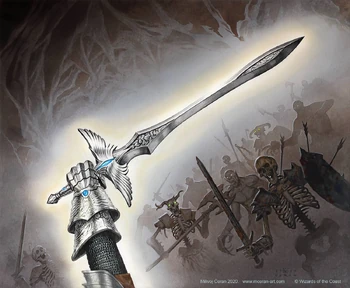
From there, it began appearing everywhere, from books to modules to video games. A Holy Avenger started to take on names to cement itself as a legendary weapon.
Here are a few notable names that the weapon took up.
- Clamorour, the sword of Piergeiron Paladinson
- Crusader, Longsword of Sir Gareth Dragonsbane
- Purifier, the Bastard sword of Sir Wediyer.
- Titanslayer, Sword of Gwydion “The Quick”
The Holy Avenger began to change as the time in Forgotten Realms changed.
1st edition
In this case, holy Swords or the Holy Avenger could only be used by Paladins and had the added bonus of making the Paladin magic proof. Yes, it negated all spells in a radius around him, and it would also have a +5 to hit or have been enchanted with Sharpness.
2nd edition
This is a one-handed weapon, and it has become a +2 Greater Striking, Holy, Cold Iron longsword. Additionally, if you have the Evil alignment, you are Enfeebled 2 while carrying or wielding this weapon. It also has an activated command that can happen once per hour; in doing so, other sword casts detect alignment targeting a creature.
If you are a Paladin, you also get these bonuses; When you critically hit an evil creature with the holy Avenger, the creature is slowed 1 and enfeebled 2 for 1 round. You also gain another activated ability once per day; after you hit a creature with the Holy Avenger on the previous action, you cast dispel magic targeting the creature you hit or an item it carries so long as it is within 120 feet of you.
3rd edition
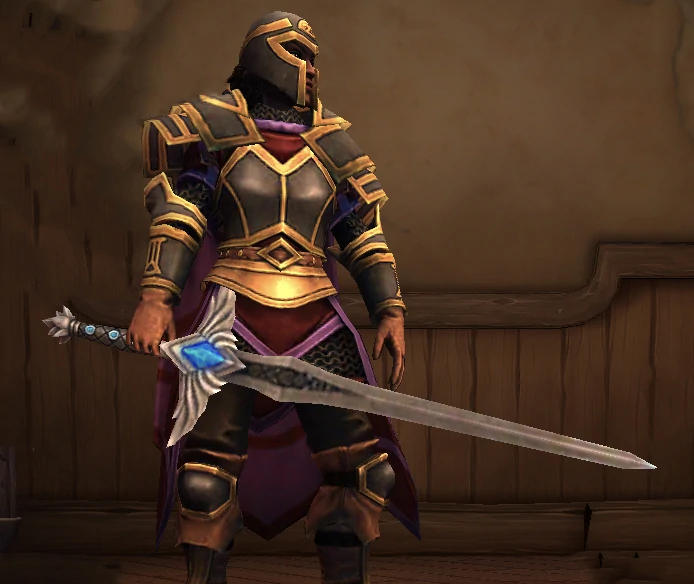
Typically a +2 Cold Iron longsword becomes a +5 Holy Cold Iron longsword in the hands of a Paladin. It provides spell resistance of 5+ Paladin’s level to the wielder and anyone adjacent. It enables the wielder to cast greater dispel magic once per round as a standard action at the Paladin’s class level.
4th edition
In this version, a Holy Avenger can be any bladed weapon with the following effects. It deals an additional 1d6 radiant damage per plus on a critical hit, and you can spend a healing surge. When you attack with the radiant keyword, it deals an extra 1d10 radiant damage. Once per day, as a minor action, you and each ally within ten squares of you gain a +5 power bonus to fortitude, reflex, and will defenses until the end of your next turn.
It can also be used as a holy symbol, adding its enhancement bonus to attack rolls and damage rolls. It also applies to extra damage granted by its property (if applicable) when used that way. However, you do not gain your weapon proficiency bonus to an attack roll when using a Holy Avenger as a symbol.
5th edition
Descriptively, this item is closer to the 3rd edition and its predecessors. It only applies to swords and has the imagery of angel wings as its hilt and guard. It has a flat weapon bonus of +3 and has a protection effect that is passive rather than active.
What is it?
In the 5th edition, this sword is a legendary item and is one of the few weapons with a +3 to hit and damage. It is one of the most potent Paladin items in the game and is typically found near celestials or given to Paladins by angels. You could create this weapon in earlier editions, which would make your Paladin near immortal to magical effects.
While decently balanced now, it can still become a sword that earns a name in history, much like Excaliber or Gram. Many stories in the Forgotten Realms use this item to similar effects. Finding it in a dragon’s horde or an ancient temple is a great way to let your chosen Paladin rise to heroics.
How to make one
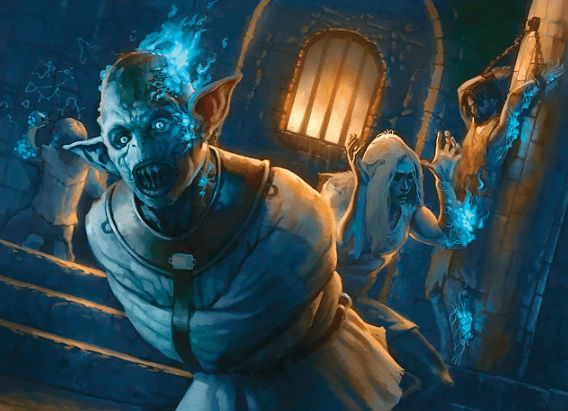
Depending on how early on in the Forgotten Realms you are playing, or in simpler terms, what edition you are playing, the method varies.
- Pre-Spell Plague or 3rd edition: this item was made from Cold Iron and was a standard sword until it was in the hands of a Paladin. There it turns into a Holy Cold Iron Sword.
- Post Spell Plague or 3.5 – 4th edition: Required the craftsman to be of good alignment and have access to the holy aura spell. The creation process costs at least 60,000 GP, a massive amount of time, and heroic energy levels or above level 15.
In the 5th edition, crafting was heavily simplified, and WoTC removed the construction of magical items. However, with the introduction of the Artificer class from Eberron, there are ways you, as a DM, can tweak the list of infusions they can create. While yes, the holy Avenger is a legendary item, you can allow the Artificer to make it if they jump through enough hoops.
Ultimately, it’s up to you as DM; if you do not want your players crafting a legendary item, then it is impossible to do so in the 5th edition.
Where to get it?
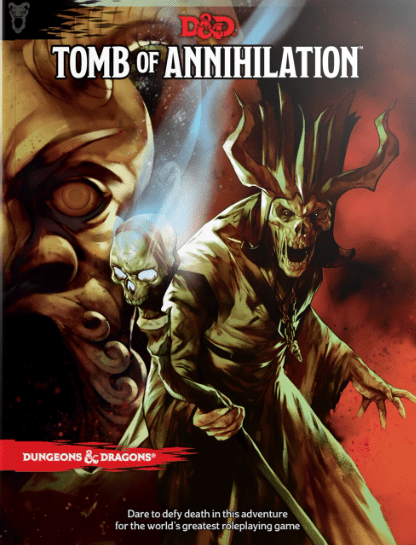
In the 5th edition, There is only one hardcover where you can officially receive this item as loot from an adventure. This would be in the Tomb of Annihilation hardcover, page 218, after the dragonbait encounter.
You can add this anywhere in a homebrew campaign, though. It is loot meant for levels 15-20, so you can build up to this throughout the campaign. Perhaps this can be a gift from the gods to show their chosen one.
It makes a great piece if their campaign is to defeat a fiendish foe or undead overlord. For example, upon meeting and escaping the final boss, the players soon realize that they need items meant to defeat that evil foe. They soon learn of a weapon meant to conquer the darkness hidden away in a lost temple as they investigate ancient tomes and explore archaic tombs. There beneath the mural of constellations, lies the avenging blade.
Or something like that, the Holy Avenger makes a great set piece to include in your worldbuilding both as something to acquire and as a legend built into the mythos of your world.
Is it good?
Suppose we look at the campaign settings, which take place in lands full of fiends and undead. This item would shoot to the top as it gives free damage on top of its already legendary abilities. In campaigns that do not have these creatures, it would not show its full potential but still have uses due to its aura of protection. Lastly, it would compare to other +3 weapons out there in low to no magic campaigns.
Mechanically it is a +3 weapon with added effects. +3 Weaponry are considered Very Rare so long as they do not have any extra effects; however, legendary weapons usually mix powerful abilities and to hit bonuses. They do not necessarily have a +3 bonus but have spell casting or magical effects similar to a spell.
While the Holy Avenger is not a sentient item like many other legendary items, its protection effect is one of the most powerful of that rank. Its damage is weaker than others, especially since it only applies to two specific enemy types. It also lacks versatility in its two functions as it can only protect against magic and hit hard—strong effects for sure but not varied.
Overall it’s a powerful item. I would consider it on the middle line compared to strictly legendary items, but the fact that it is legendary in and of itself speaks volumes to how strong this item is.
FAQ
Question: Who can use Holy Avenger?
Answer: The only requirement to wield a Holy Avenger is to be a Paladin. You must have seventeen class levels in Paladin to activate the bonus to its aura size, and you can multiclass three levels into other classes to gain that effect.
Question: How much damage does the Holy Avenger do?
Answer: Unattuned, it does average damage equal to whatever sword form it has taken. Attuned, it has an additional three damage, and if you target a fiend or undead creature, you deal a further 2d10 radiant damage.
Question: Are Holy Avengers good?
Answer: If you are talking about performance, this item is quite powerful as an attunement item for Paladins. It has one of the higher bonuses to hit and damage and has additional effects protective effects on top of its offensive set. Alignment-wise, the item is non-sentient, so it has no alignment even if it seems like it would.
Conclusion
If you do not have a build in mind or are building towards making a Paladin who both protects your allies and strikes down enemies, then this item is the go-to for those characters. It has a long history of creating heroes, so if you aim for a heroic story as a PC, this is the item to hunt for.
As a DM, you might want to put this in your campaign, even if there are few fiends and undead. While it would impact a Paladin player most, you can still put it in as flavor for past heroes.
Overall this item is one of the baselines good items for the legendary tier; it could be a basis for homebrew items or just a standard to reach. I would rate it 8/10.
- Prestige Classes 5e Guide - September 20, 2022
- Rod of the Pact Keeper 5e Guide - September 15, 2022
- Sanctuary 5e Guide - September 14, 2022

